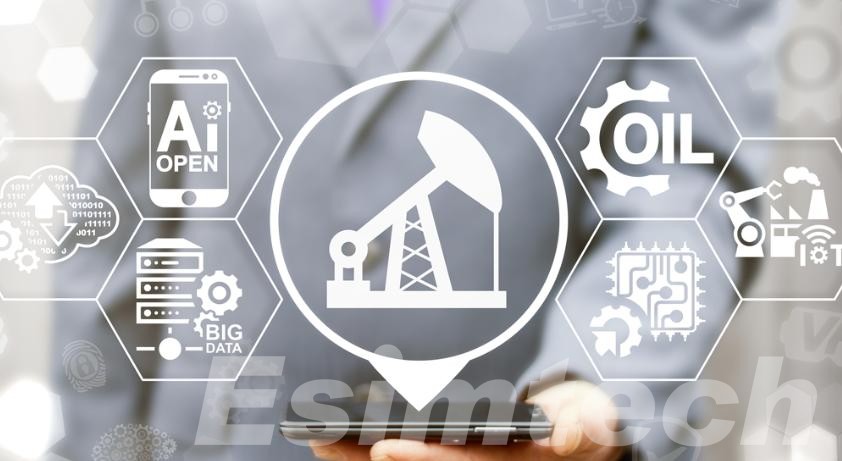Comprehensive Insights into Offshore Oil and Gas Drilling
Comprehensive Insights into Offshore Oil and Gas Drilling
Blog Article
Offshore oil and gas drilling is a complex process that requires drilling into the seabed to extract oil and natural gas reserves. This process has been used for decades and many countries rely on it for energy. Offshore drilling begins with surveying the seabed to determine the best location to drill. Once a suitable site is found, a platform is built in the water to serve as the foundation for the drilling rig. Depending on the water depth, the platform can be fixed or floating. Next, a drill bit is lowered to the seafloor to bore a hole in the Earth's crust. The drill bit can penetrate thousands of feet below sea level until it reaches a reservoir containing oil or gas. To prevent the wellbore from collapsing, a steel casing is inserted into it. The casing also helps control any pressure buildup during production activities. Finally, a pipe is inserted into the hole to extract the oil or gas. These pipes are connected to tanks on the platform where they are stored before being transported to shore.
Over time, new technologies have been developed to improve the efficiency and safety of offshore drilling operations. Some of these technologies include: Advances in Drilling simulations have also played a vital role in training operators and optimizing drilling plans, reducing risks and improving operational efficiency significantly. Offshore oil and gas drilling is an essential part of the global energy industry. It provides a significant portion of the world's supply of crude oil and natural gas, making it an essential part of modern life. However, not all offshore locations are equal when it comes to oil and gas production. Other notable offshore drilling locations include Russia, China, Australia, and Qatar. While these locations offer promising opportunities, environmental risks must be carefully managed with appropriate safety measures and regulations to ensure sustainable practices. Oil remains an essential part of daily life; it powers cars, heats homes, and fuels industries. Although renewable energy sources such as solar and wind have grown tremendously, they cannot yet meet all energy needs alone. Therefore, offshore drilling must continue until cleaner alternatives become more widely available. Technological advances have made offshore drilling safer than ever before, with rigs designed to prevent spills or quickly control them. Techniques like directional drilling allow resource extraction without harming marine ecosystems. Offshore drilling carries significant environmental risks including: Balancing oil production with environmental protection involves several strategies: Additionally, investing in renewable energy sources like wind and solar helps reduce reliance on fossil fuels over time. Through these measures, offshore oil and gas drilling can proceed responsibly while minimizing its impact on the planet.Advanced Technologies in Offshore Oil and Gas Drilling
Directional drilling allows operators to drill at an angle rather than straight down, making it easier to reach reservoirs far from the platform.
A blowout preventer is a critical safety device that prevents the uncontrolled leakage of oil and gas from a well by sealing it in an emergency.Best Locations for Offshore Oil and Gas Drilling
Country Key Offshore Fields / Reserves Remarks Saudi Arabia Safaniya field (world's largest offshore field) Largest crude oil producer with over 266 billion barrels of reserves Brazil Pre-salt reserves off Rio de Janeiro Estimated 100 billion barrels of recoverable oil equivalent, a major recent discovery Mexico Ku Maloob Zaap (KMZ)-Cantarell Complex Huge offshore reserves in the Gulf of Mexico Norway North Sea fields including Ekofisk Long history of offshore exploration since the 1960s United States Gulf of Mexico region Accounts for more than 15% of domestic crude oil production Reasons to Continue Offshore Drilling
The world’s demand for oil and gas continues to grow. Offshore drilling plays a vital role in meeting this demand. According to the International Energy Agency (IEA), global energy consumption will increase by 50% by 2050. Without offshore drilling, meeting this demand would be difficult.
Offshore oil and gas drilling creates jobs across multiple industries and contributes significantly to local economies. It generates billions in revenue that fund infrastructure projects. Large oil reserves also provide leverage in international trade negotiations.Environmental Impacts of Offshore Oil and Gas Drilling
Impact Description Oil Spills Accidents during drilling or transportation can cause spills, harming marine life and coastal communities. Noise Pollution Loud noises from drilling equipment interfere with marine animal communication and behavior. Air Pollution Emissions of nitrogen oxides, sulfur dioxide, and particulates can affect air quality and cause health problems. Habitat Destruction Building and operating facilities can damage sensitive ecosystems such as coral reefs and wetlands. Reducing Environmental Impacts
Developing technologies to detect leaks, prevent accidents, and clean spills reduces environmental harm.
Government regulations ensure offshore operations follow best safety and environmental practices.
